You directly influence how carbon fiber weave affects strength by choosing the right weave pattern. Each carbon fiber weave changes the balance between stiffness, flexibility, and durability. For example, twill weave composites show 36% higher tensile strength compared to plain-woven types, while plain weave offers more rigidity. The table below highlights how different weave designs impact tensile strength:
|
Weave Design |
Tensile Strength (MPa) |
|---|---|
|
Plain |
122.04 |
|
Satin |
104.96 |
Selecting the right weave ensures your project gets the best performance from carbon fiber weave.
Key Takeaways
-
Choosing the right carbon fiber weave pattern controls the balance between strength, flexibility, and durability in your project.
-
Fiber orientation matters: aligning fibers with the force direction greatly increases strength and stiffness.
-
Crimp in woven fibers reduces strength, so weaves with less crimp like twill or spread tow offer better tensile strength.
-
Layering carbon fiber sheets in different directions improves strength and resistance to bending and impact.
-
Match the weave type to your part’s shape and use—plain weave for flat, rigid parts; twill and satin for flexible, curved shapes; unidirectional for maximum strength in one direction.
What Is Carbon Fiber Weave?
Weave Basics
You encounter carbon fiber weave in many advanced materials, but what does it actually mean? In simple terms, a carbon fiber weave describes how individual carbon fibers are interlaced to form a sheet or fabric. Manufacturers combine two main ingredients: fibers (the reinforcement) and resin (the matrix). When you combine these, you get a composite. Each layer of carbon fiber weave, called a lamina, can have fibers running in different directions. When you stack several layers with specific orientations, you create a laminate. The way you arrange these layers and the direction of the fibers directly affect the final strength and stiffness of the material.
Carbon fiber weave is not just about looks. It has measurable properties such as density, fiber volume fraction, and fiber orientation. For example, the density of carbon fiber and resin helps you calculate the weight and strength of the finished product. The fiber volume fraction, usually around 60%, tells you how much fiber is packed into the weave. These factors, along with the weave pattern, determine how the carbon fiber fabric will perform in real-world applications.
Note: Carbon fiber weave can be anisotropic or orthotropic. This means its strength and stiffness can change depending on the direction of the fibers. Balanced and symmetrical laminates, where you alternate fiber directions, help you achieve more predictable mechanical performance.
Why Weave Matters
The choice of weave pattern in carbon fiber weave plays a critical role in how your finished part behaves. Different weave types offer unique balances between strength, flexibility, and ease of manufacturing. For example:
-
Plain weave gives you high stability but less flexibility, making it ideal for flat or gently curved surfaces.
-
Twill weave offers better draping and flexibility, which helps when you need to cover complex shapes.
-
Satin weave provides a smooth finish and excellent formability, perfect for intricate 3D designs.
|
Weave Type |
Stability |
Flexibility |
Typical Use Cases |
|---|---|---|---|
|
Plain |
High |
Low |
Flat sheets, tubes |
|
Twill |
Moderate |
Good |
Complex contours, cosmetic panels |
|
Satin |
Low |
High |
3D shapes, seamless surfaces |
Scientific studies show that the weave pattern affects not only the strength but also the fracture behavior and damage tolerance of carbon fiber weave. For instance, 3D woven composites with special binders can resist delamination and improve impact strength. When you select the right weave, you optimize the performance of your carbon fiber fabric for your specific application.
How Carbon Fiber Weave Affects Strength
Fiber Orientation
You determine much of the final strength of a carbon fiber part by controlling fiber orientation. When you align the fibers in the same direction as the force, you maximize tensile strength and stiffness. Studies show that aligning carbon fibers with the load direction can increase tensile strength by up to 115% and boost stiffness by 700%. For example, when fibers run parallel to the force, the material can reach a tensile strength of 2857 MPa. If you change the angle between the fibers and the force, the strength drops and the risk of fracture rises. This effect, called anisotropy, means that carbon fiber weave performs best when you match fiber orientation to the main stresses in your design. You can see this principle in action in high-performance products like bicycle wheels and paddles, where manufacturers carefully choose fiber directions to optimize strength and control.
Crimp and Strength Loss
The way you weave carbon fibers affects their path through the fabric. In most woven patterns, fibers bend over and under each other, creating small waves called crimp. Crimp reduces the straightness of the fibers, which lowers the tensile strength compared to unidirectional layouts. When fibers are not perfectly straight, they cannot carry as much load before breaking. This means that while woven fabrics offer better flexibility and drape, they sacrifice some strength. For example, plain weave has more crimp and therefore less tensile strength than twill or satin weaves. You must balance the need for flexibility and formability with the desire for maximum strength when choosing a weave pattern.
Tip: If you want the highest possible tensile strength, select a weave with minimal crimp, such as unidirectional or spread tow fabrics.
Layering and Stacking
You can further control how carbon fiber weave affects strength by layering and stacking sheets in different directions. This process, called layup, lets you build up strength and stiffness in multiple directions. For example, you might stack layers at 0°, 90°, and ±45° angles to create a quasi-isotropic laminate. This approach spreads strength across all directions, making the part more resistant to bending, twisting, and impact.
-
Carbon fiber composites with unidirectional stacking ([0°]7S) provide maximum strength in one direction.
-
Cross-ply stacking ([0,90,0,90,0,90,0]S) balances strength between two directions.
-
Quasi-isotropic stacking ([(0/90),(+45,−45),(0/90/45)]S) offers more uniform stiffness and strength in all directions.
Experimental studies confirm that stacking sequence changes the mechanical response of the composite. Three-point bending and tensile tests show that the way you layer the plies affects flexural stiffness, tensile modulus, and even impact resistance. By alternating fiber directions, you reduce weak points and improve the overall durability of the part. Manufacturers use this technique to tailor the performance of products like sports equipment, aerospace panels, and automotive parts.
Types of Carbon Fiber Weaves
Unidirectional
You encounter unidirectional carbon fiber weaves when you need maximum strength in a single direction. In this weave, all fibers run parallel, with minimal crimp or cross-weaving. This design allows the material to handle very high loads along the fiber axis, making it ideal for applications like aerospace spars or racing bike frames. However, you should note that unidirectional weaves offer little strength across the fibers, so you often combine them with other patterns for balanced performance.
Plain
Plain weave stands out for its checkerboard appearance and tight, over-under pattern. You benefit from high stability and rigidity, as this structure keeps fibers locked in place and maintains the weave angle. The frequent interlacing creates sharp crimps, which can concentrate stress and slightly reduce strength compared to other patterns. Still, plain weave remains a top choice for flat panels and simple shapes where you need reliable performance and a clean look. For example, high-performance car roofs often use this weave for its balance of strength and simplicity.
Tip: Plain weave delivers the highest stiffness among carbon fiber weaves, making it suitable for parts that must resist bending.
Twill
Twill weave gives you a distinctive diagonal pattern and a good mix of flexibility and strength. The fibers cross over two or more others, reducing crimp and allowing the fabric to drape over complex shapes. Studies show that twill patterns provide intermediate stiffness—less than plain weave but more than satin. You often see twill in automotive body panels and sports equipment, where both appearance and performance matter. Advanced modeling and testing confirm that twill weaves retain much of their strength after impact, making them a smart choice for parts exposed to dynamic loads.
Satin
Satin weave features long, smooth fiber runs with minimal interlacing. You get straighter fibers, which increases stiffness and weight. This weave is the stiffest and heaviest option, thanks to its structure that closely resembles stacked unidirectional layers. Satin weave works best for large, flat surfaces or parts that demand maximum rigidity, such as aerospace panels. The looser pattern also gives a glossy finish, which many designers prefer for visible components.
Spread Tow
Spread tow weave uses very thin, flat bundles of fibers spread out to cover more area with fewer overlaps. You gain a lightweight fabric with excellent strength and a smooth surface. By maximizing fiber distribution and minimizing crimp, spread tow weaves can increase tensile modulus by up to 13% and tensile strength by up to 55% compared to traditional patterns. This makes them ideal for high-performance sports gear and advanced engineering projects where every gram counts.
|
Weave Type |
Stiffness (Young’s Modulus) |
Typical Strength |
Flexibility |
Best Uses |
|---|---|---|---|---|
|
Unidirectional |
Highest (in one direction) |
Maximum (1 axis) |
Low |
Spars, frames, reinforcements |
|
Plain |
Highest (overall) |
High |
Low |
Flat panels, car roofs |
|
Twill |
Intermediate |
Moderate-High |
Good |
Body panels, curved surfaces |
|
Satin |
Lowest (among weaves) |
High |
High |
Large, stiff, flat components |
|
Spread Tow |
High |
Very High |
Moderate |
Lightweight, high-performance |
Comparing Carbon Fiber Weaves
Strength Comparison
You can compare carbon fiber weaves by looking at how each type handles force. Unidirectional carbon fiber delivers the highest strength along a single axis because all fibers run in one direction. Woven carbon fiber, such as plain or twill, spreads strength more evenly but does not reach the same peak values as unidirectional types. Studies show that twill weave often achieves higher tensile strength than plain weave, while satin and chopped fiber types offer different balances. The table below summarizes these differences:
|
Carbon Fiber Weave Type |
Strength Characteristics |
|---|---|
|
Unidirectional |
Maximum strength along a single axis |
|
Woven (Plain, Twill, Satin) |
Balanced strength, varies by pattern |
|
Chopped |
Isotropic strength, lower than woven or uni |
Note: Twill weave generally outperforms plain weave in tensile strength, while plain weave offers more stability.
Flexibility and Stiffness
You notice clear differences in flexibility and stiffness among the main weaves. Plain weave provides the highest stiffness, making it ideal for parts that must resist bending. Twill weave offers more flexibility and drapes better over complex shapes. Satin weave gives you even greater flexibility, which helps when you need to mold intricate designs. Chopped carbon fiber stands out for its high flexibility, but it sacrifices stiffness and directional performance.
-
Plain weave: Most rigid, least flexible.
-
Twill weave: Good balance of stiffness and flexibility.
-
Satin weave: High flexibility, moderate stiffness.
-
Chopped fiber: Very flexible, low stiffness.
Practical Applications
You choose the right weave based on your project’s needs. For flat or simple shapes, plain weave works best because it resists distortion and looks uniform. Twill weave fits complex molds, such as car hoods or aerodynamic parts, thanks to its drapability. Satin weave suits large, curved surfaces where flexibility is key. Unidirectional carbon fiber finds use in aerospace and automotive parts that require maximum strength in one direction. Chopped carbon fiber appears in molded parts where you need strength in all directions but do not require high stiffness.
|
Weave Type |
Best Use Case |
|---|---|
|
Plain |
Flat panels, car roofs, simple shapes |
|
Twill |
Hoods, splitters, curved automotive components |
|
Satin |
Large, curved surfaces, seamless designs |
|
Unidirectional |
Spars, frames, directional reinforcements |
|
Chopped |
Injection-molded parts, isotropic strength needs |
Tip: Always match the weave to your part’s shape and performance requirements for the best results.
Choosing the Right Weave
Strength Needs
You should start by identifying the primary strength requirements for your project. Each carbon fiber weave offers a unique balance of rigidity, flexibility, and formability. For example, plain weave provides a strong, rigid, and balanced structure, making it suitable for race car bodies, aircraft parts, and sporting goods. Twill weave delivers strength with added flexibility, allowing it to conform to curves—ideal for automotive hoods, spoilers, and sports equipment like tennis rackets. Satin weave stands out for its pliability and glossy finish, often chosen for luxury car interiors and high-end accessories.
|
Weave Type |
Key Characteristics |
Typical Applications |
|---|---|---|
|
Plain Weave |
Strong, rigid, balanced structure |
Race car bodies, aircraft parts, sporting goods |
|
Twill Weave |
Strong yet flexible, conforms to curves |
Automotive hoods, spoilers, sporting goods |
|
Satin Weave |
Pliable, drapeable, glossy finish |
Luxury car interiors, fashion accessories |
You also need to consider the resin system. Epoxy resin gives high strength but low flexibility, making it best for aerospace and automotive uses. Vinyl ester resin offers medium strength and flexibility, while thermoplastic resin provides high flexibility but lower strength.
Other Factors
You must look beyond strength and flexibility. Several additional factors influence your choice:
-
Stitch length and contact area affect wear and durability during manufacturing.
-
Fiber type matters: PAN-based fibers offer higher strength, while pitch-based fibers provide higher modulus and conductivity.
-
Surface treatments improve fiber handling and bonding with resin.
-
Processing methods such as pre-preg, wet layup, or filament winding impact quality and performance.
-
Cost, chemical stability, and application-specific needs play a role in your decision.
Tip: Always match the weave and resin system to your project’s shape, load direction, and durability requirements. Proper layup techniques, compatible adhesives, and regular inspection help prevent issues like delamination. Advanced manufacturing methods, such as automated fiber placement, ensure precise layer alignment and reduce defects.
You should remember that the right weave depends on your specific project. Consider all mechanical, structural, and practical needs before making your final selection.
You control the strength and flexibility of carbon fiber by choosing the right weave pattern. Each weave offers unique benefits, so you must match the weave to your project’s needs.
-
Plain weave gives you rigidity.
-
Twill and satin provide flexibility.
-
Unidirectional delivers strength in one direction.
Remember: Always consider both the weave and the application. The right choice ensures your carbon fiber part performs at its best.


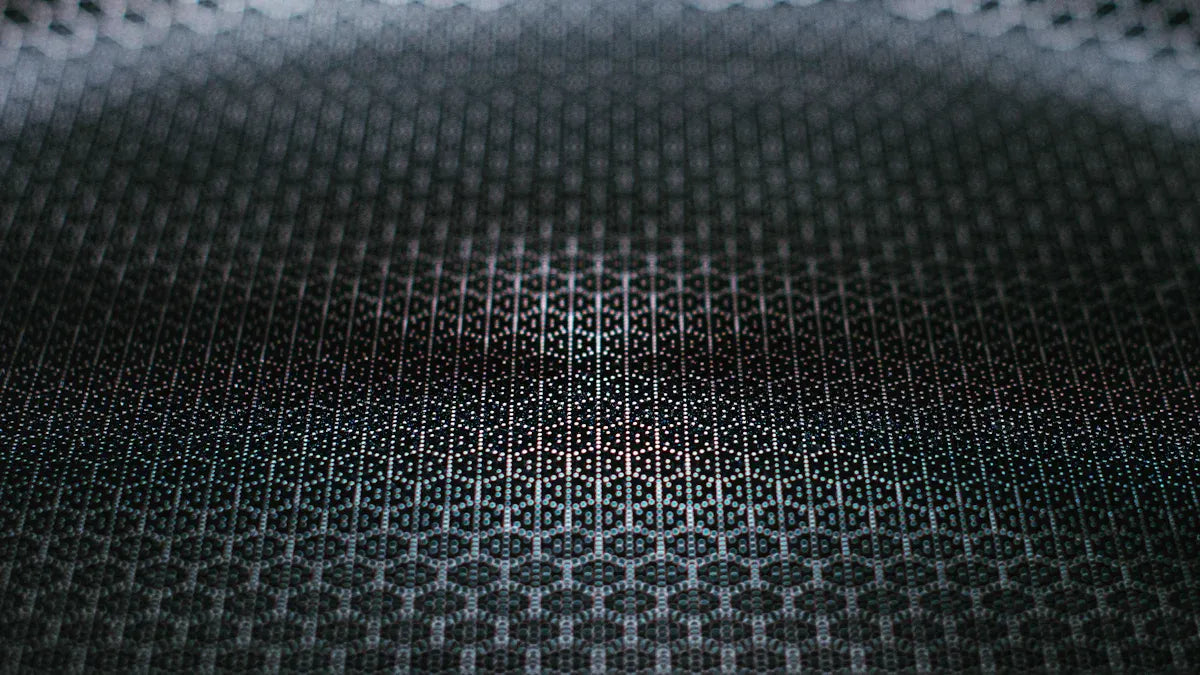
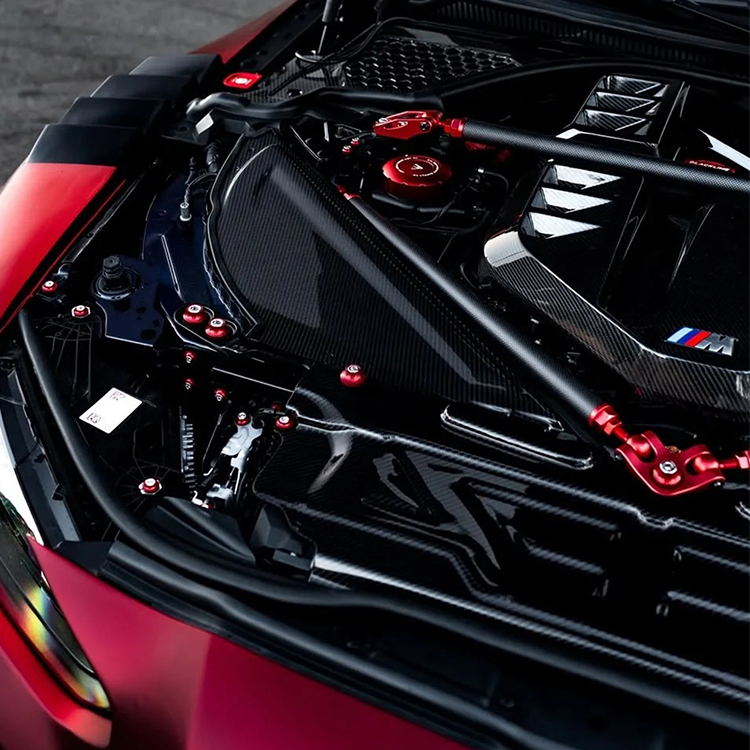
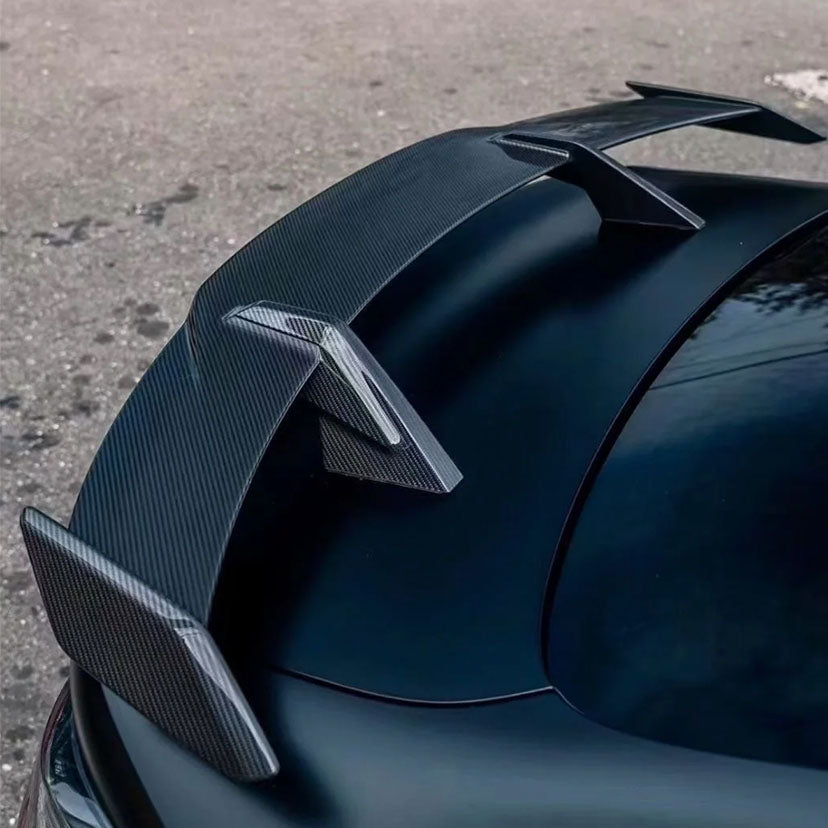
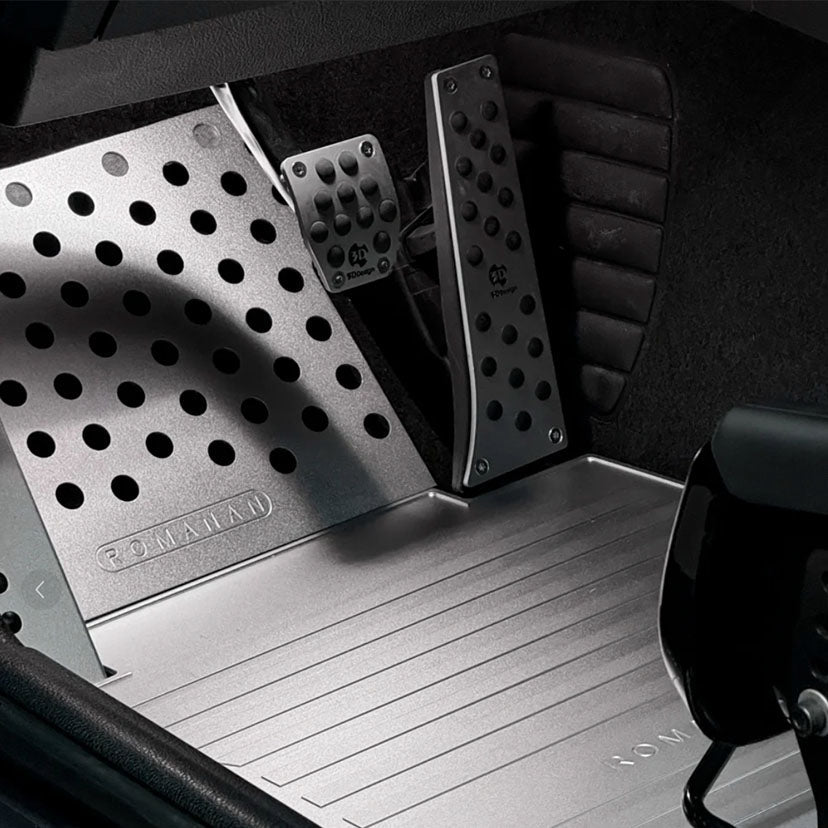
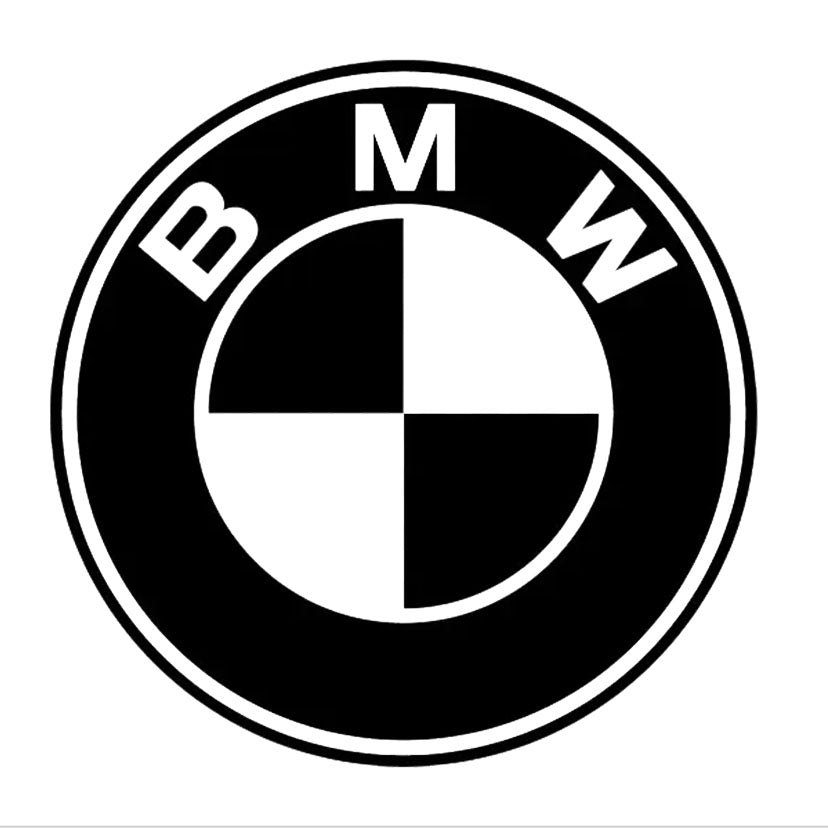
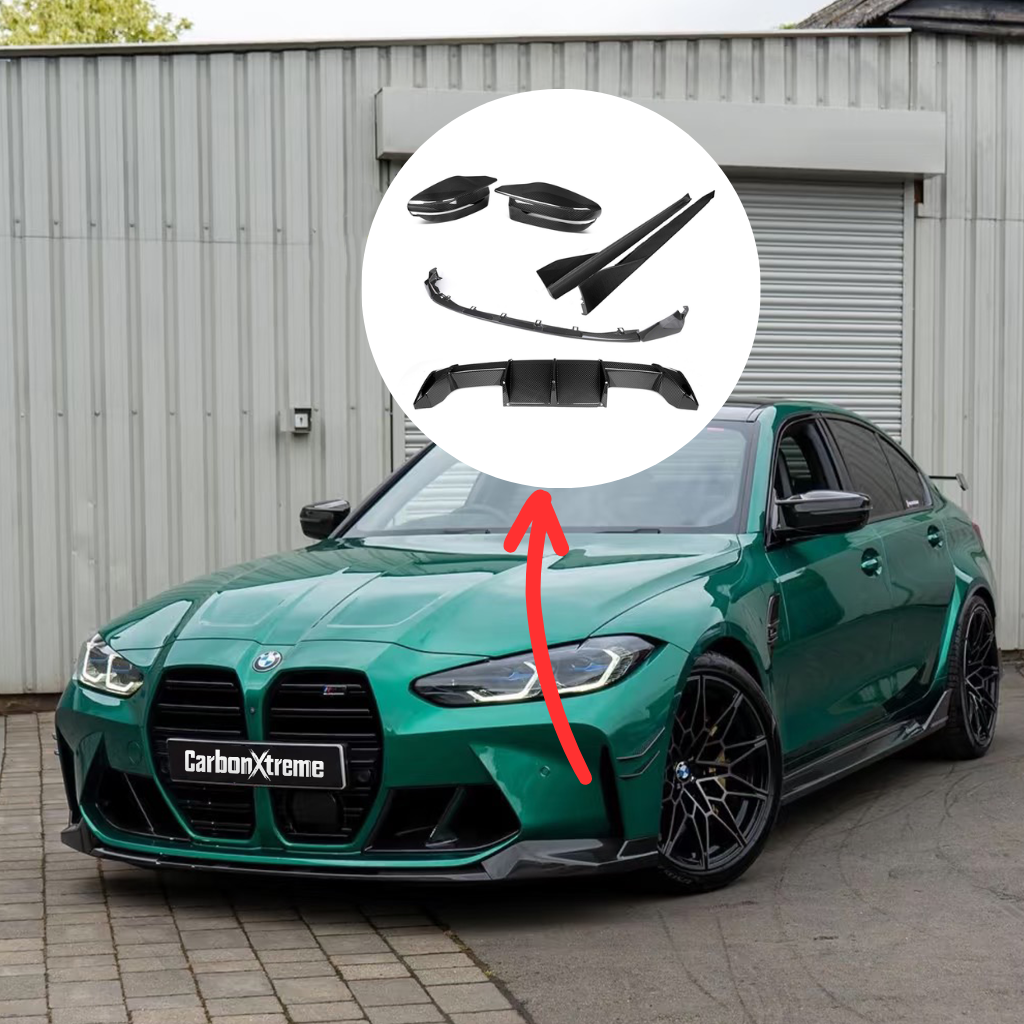
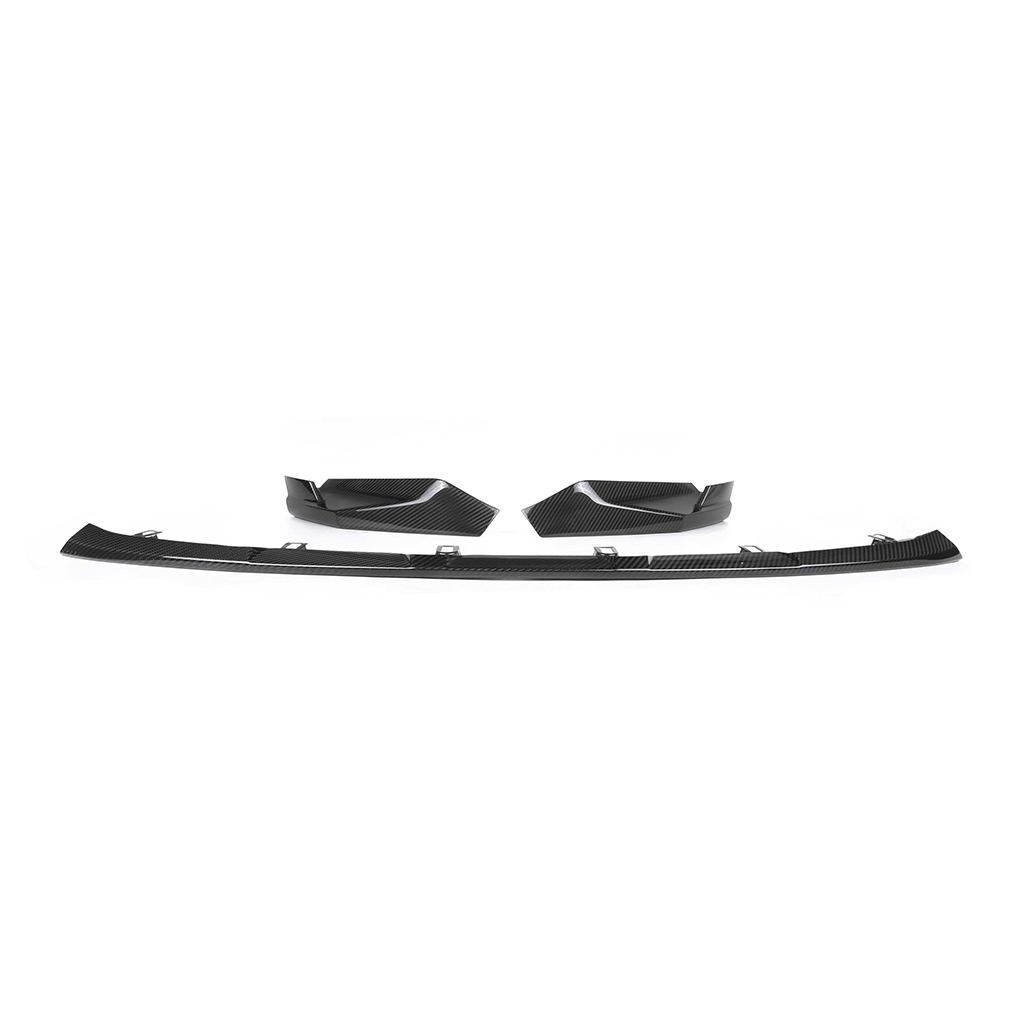
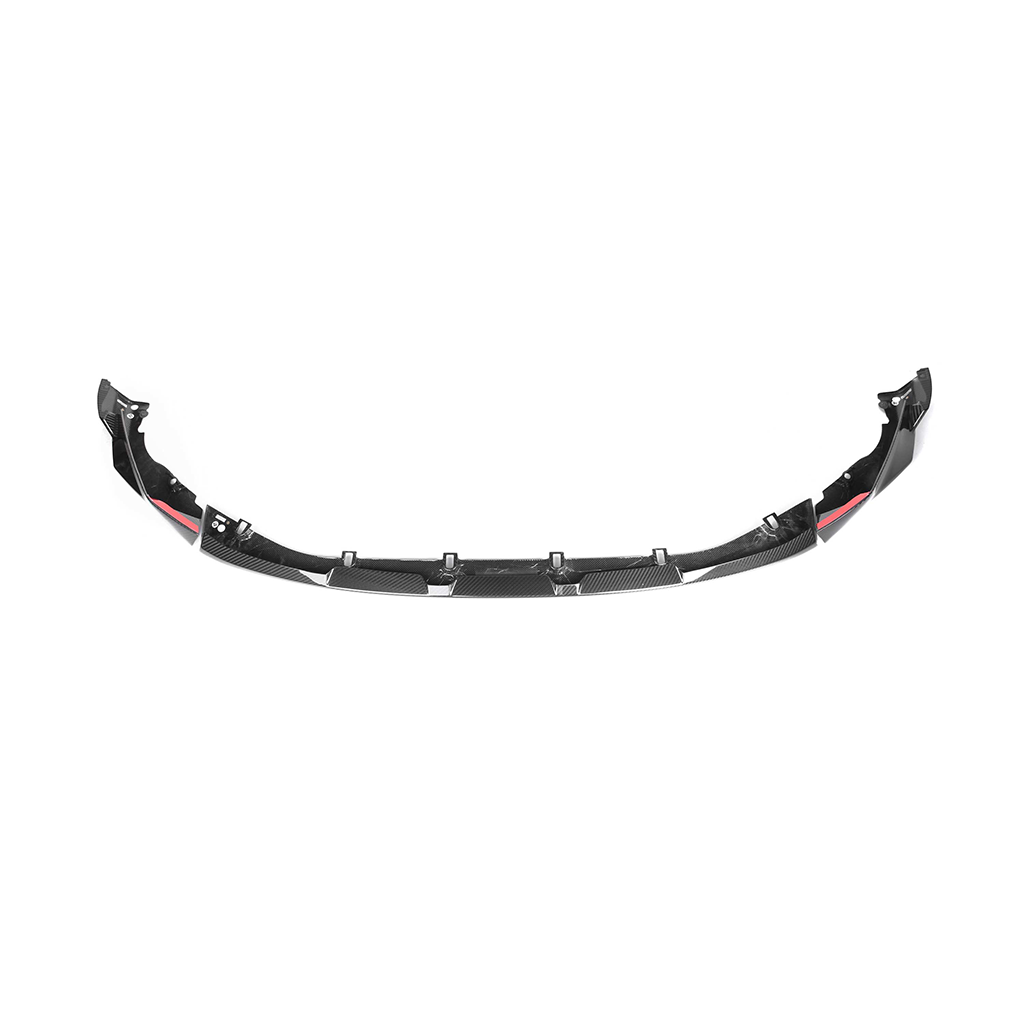
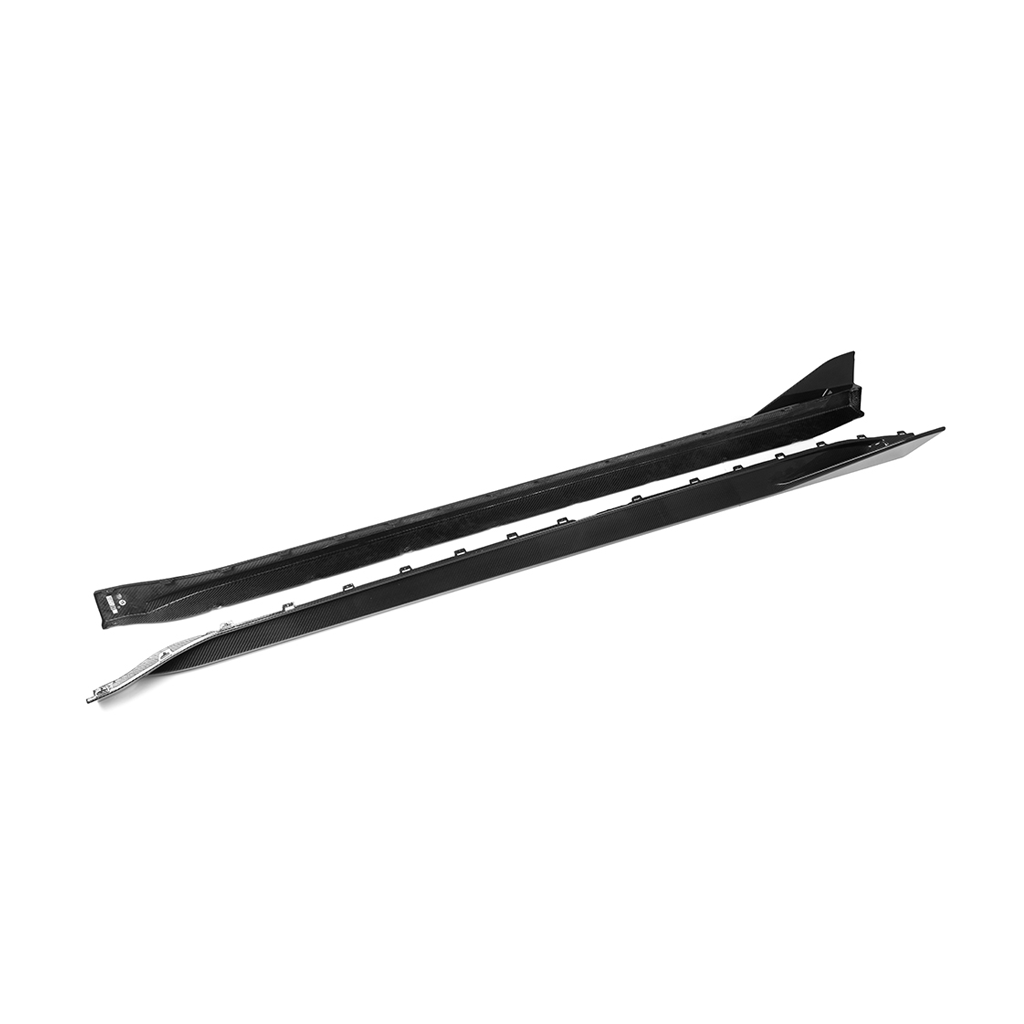
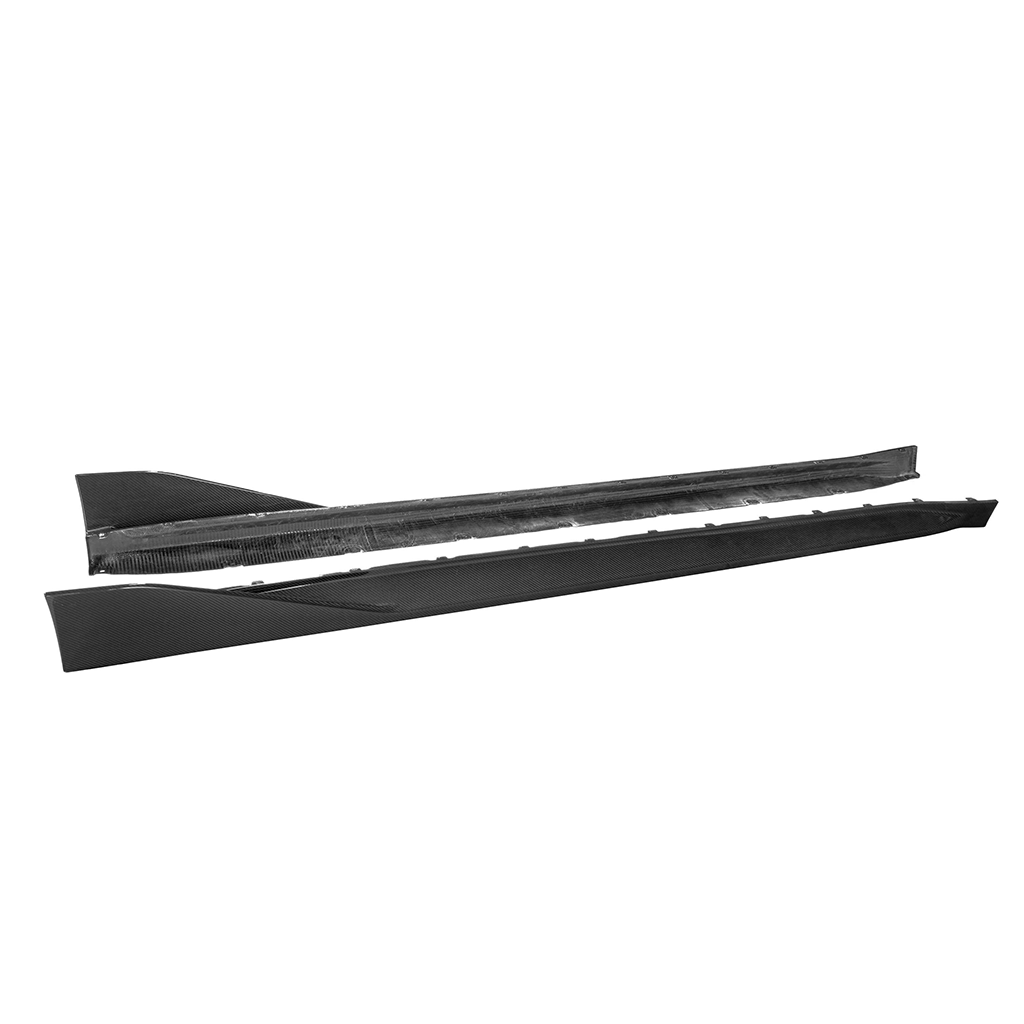
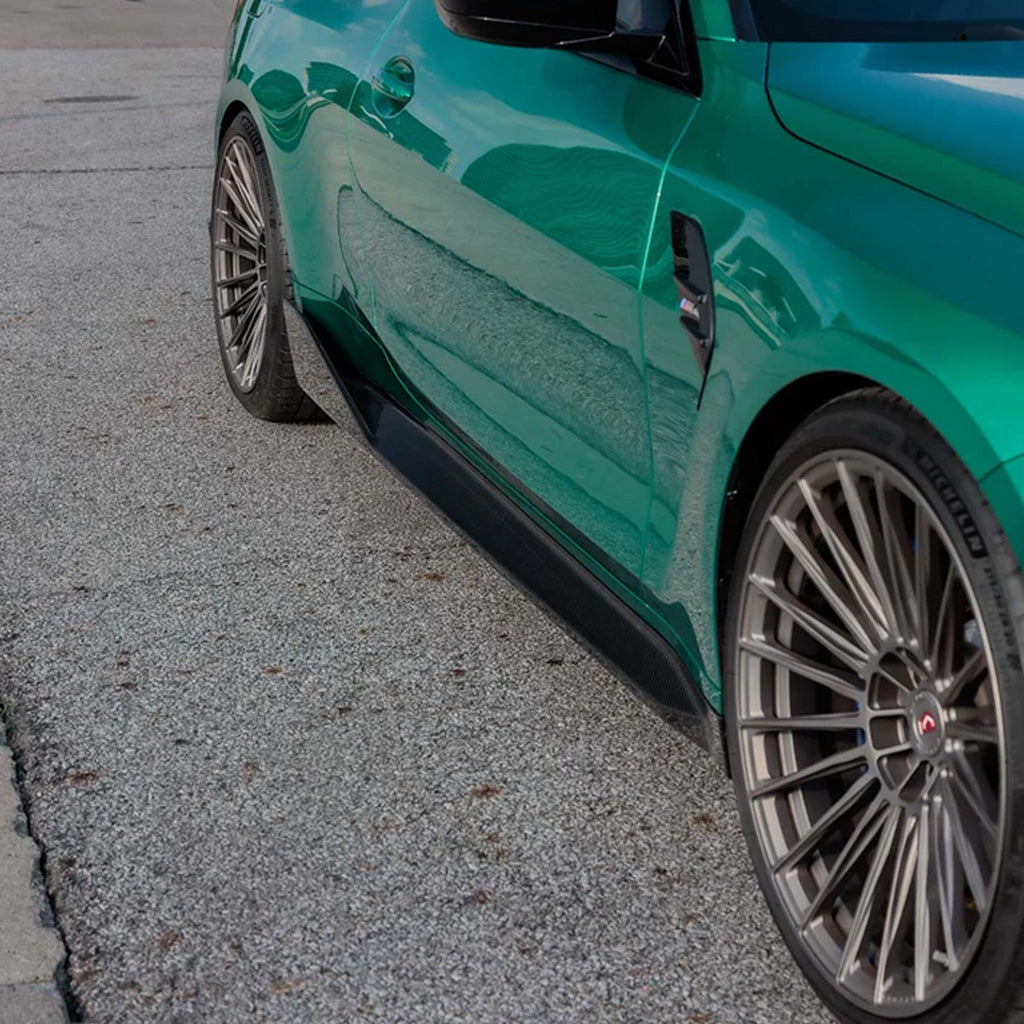



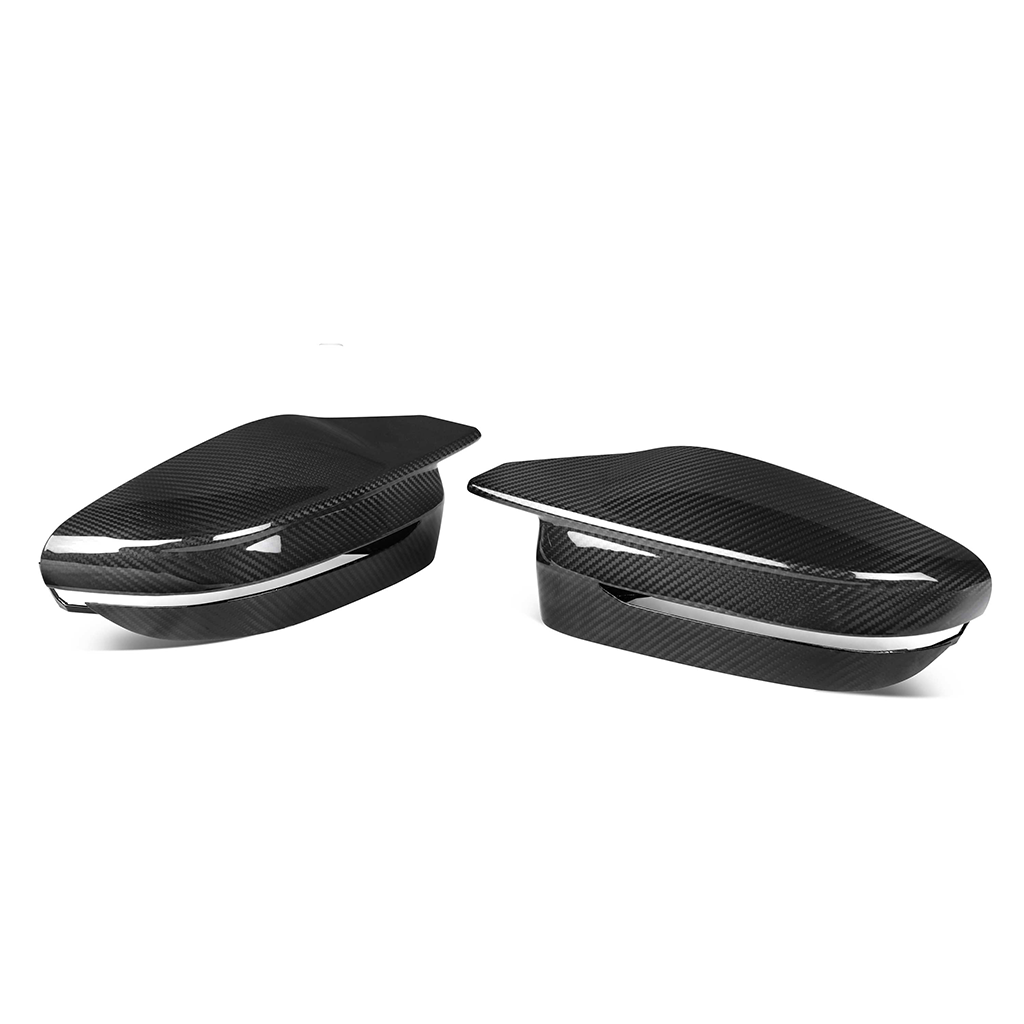
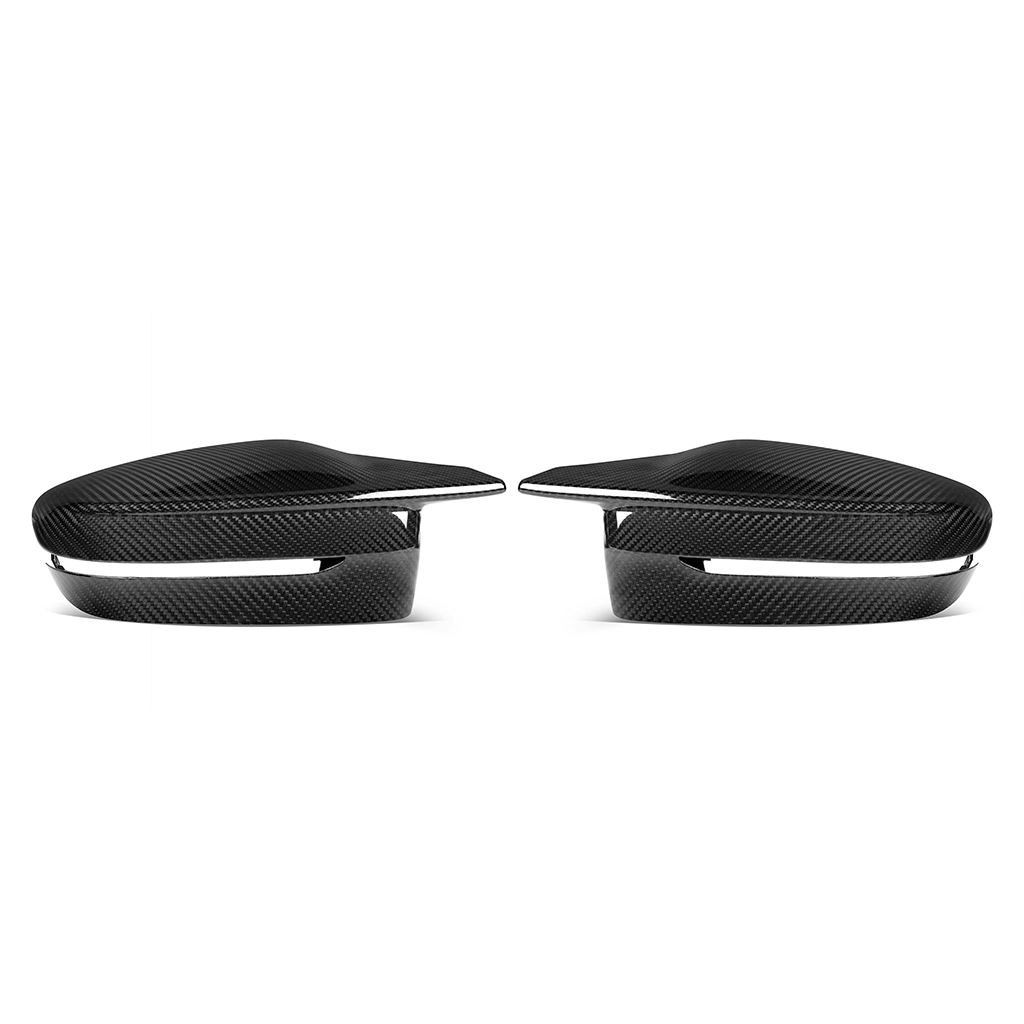
Share:
Key Differences Between Autoclave and Oven Curing for Carbon Fiber
How Carbon Fiber Stacks Up Against Steel and Aluminum in Performance Cars